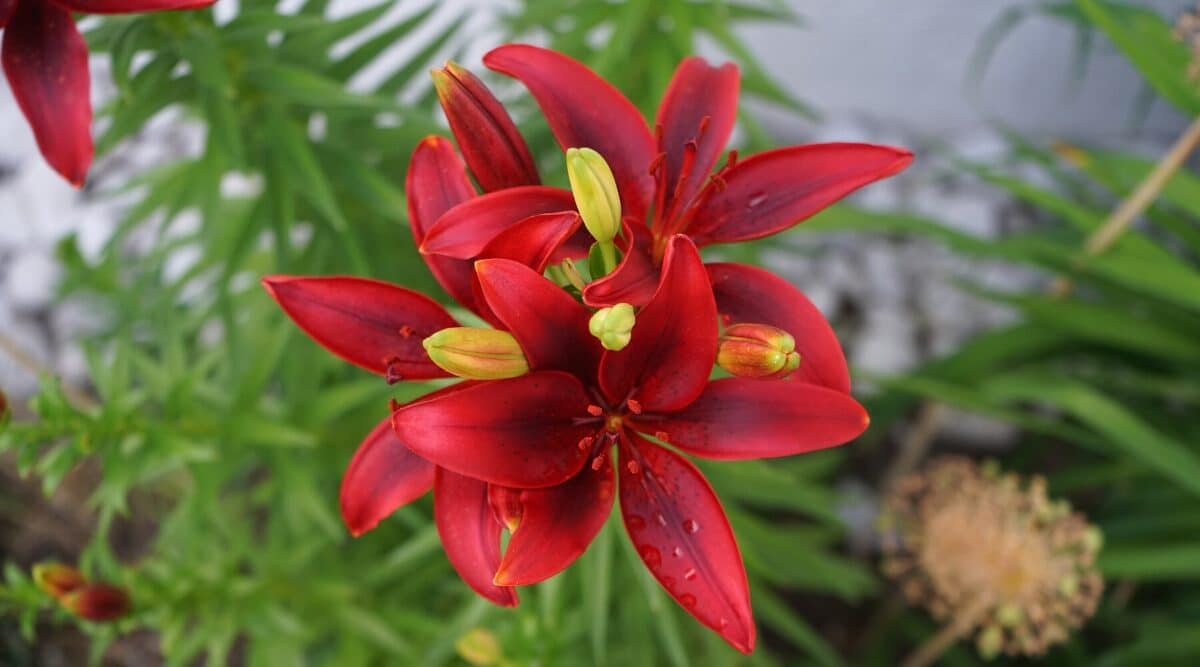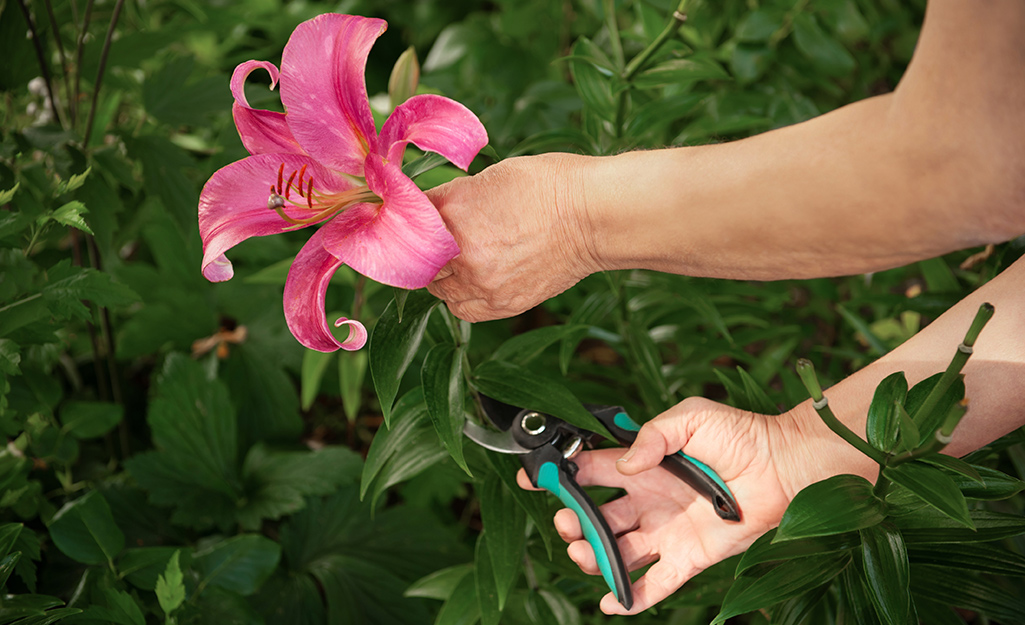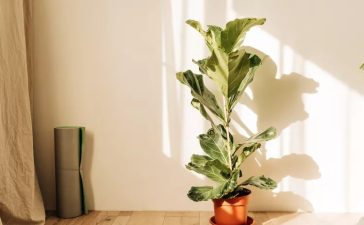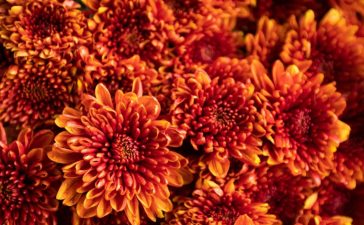Essential Tips for Growing Vibrant Blooms Indoors and Outdoors
Lily flowers are beloved for their stunning, colorful blooms, making them a popular choice for both garden and cut flower enthusiasts. The great news is that you can cultivate beautiful lilies in your garden or even indoors with some simple care and attention. Let’s explore the essential tips for growing vibrant lilies, regardless of where you decide to plant them.

How to Plant Lilies
Lilies are exquisite flowers that thrive in well-drained, enriched soil. Whether you plan to grow them outdoors or indoors, providing the right conditions is key to their success. Here’s what you need to know about planting and caring for lilies:
Planting Lilies:
- Lilies can be planted in either fall (at least a month before the first frost) or spring (after the last frost). When planting bulbs, make sure to position them with the pointy side facing upward.
- Dig a hole that is at least twice as deep as the bulb’s size. For example, if your bulb is four inches tall, plant it eight inches deep into the soil.
- To protect the bulbs, especially during overwintering, apply mulch and ensure that the soil remains consistently moist.
Caring for Indoor Lilies:
- While Easter lilies are a popular choice for indoor cultivation, other lily varieties can also thrive in containers if provided with the right sunlight and watering conditions.
- Choose an appropriately sized pot with drainage holes to prevent overwatering.
- During winter, allow the plant to hibernate for two months in a cool location, such as an unheated garage, shed, or a fruit-free refrigerator, as fruits can release chemicals that inhibit blooms.
Caring for Outdoor Lilies:
- Lily plants require ample sunlight, ideally six to eight hours of full sun daily. Some varieties can tolerate light shade, but for the best blooms, choose a sunny location.
- Regular watering is crucial, especially if conditions are dry. Aim to water them weekly, and applying mulch during planting can help retain moisture. However, avoid overly wet areas to prevent bulb rot.
Additional Care Tips:
- To maintain the plant’s beauty, consider using flower stakes to support the blooms. After the blooms have faded, trim back the stems and spent flowers. Leave the leaves until they turn brown to help the bulb grow back strongly the following year.
Lilies are truly captivating flowers, and with the right care, you can enjoy their stunning blooms in your garden or as indoor houseplants.

How to Fix Common Lily Plant Problems
While lilies are generally hardy flowers, they can face some common problems that may affect their growth. Here are a few issues you might encounter and how to address them:
1. Aphid Infestation:
- Aphids are a frequent pest that can infest lilies. They are known for causing damage to the plant by feeding on its sap.
- Solution: To control aphids, consider using neem oil, which is an effective natural remedy. Alternatively, you can apply insecticides specifically designed to target aphids.
2. Yellow or Browning Leaves:
- Yellow or browning leaves are often seen in lilies planted indoors and can be indicative of leaf scorch.
- Solution: Addressing the underlying issues related to watering, fertilizer, and environmental conditions is key to helping your lilies thrive. Ensure that you are providing the right amount of water and proper fertilization for your plants.
3. Drooping Flowers:
- Lilies, with their large and showy blooms, may sometimes have stems that struggle to support the weight of the flowers.
- Solution: To prevent drooping flowers, consider staking the stems. Staking provides support, helping the stems remain upright and ensuring the flowers are displayed beautifully.

By addressing these common care issues, you can ensure that your lilies remain healthy and vibrant, adding beauty to your garden or indoor space.
You Might Also Like
A Comprehensive Guide to Caring for Your Fiddle Leaf Fig
The fiddle leaf fig has been a reigning star in the world of indoor plants for at least five years...
Expert Tips on Choosing and Caring for Indoor Trees
Do you have a corner in your home that's crying out for a touch of green? Indoor trees can be...
Tips from Experts to Prepare Your Yard for a Green Spring
While summer is often seen as the peak season for gardening and lawn care, it's important to remember that each...
Radiant Mums: A Guide to Caring for Your Fall Chrysanthemums
Chrysanthemums, commonly known as mums, are cherished for their vibrant beauty and captivating sweet and spicy fragrance, making them a...











